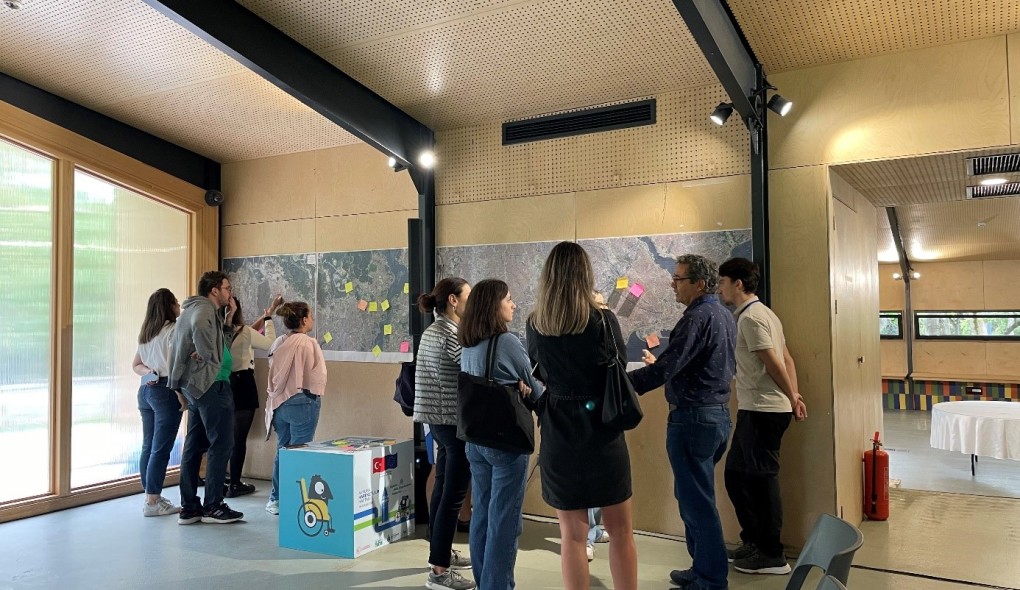
As part of the
European Mobility Week, the “Bicycle
Public Information Meeting” of Istanbul Sustainable Urban Mobility Plan (SUMP) Project
which is implemented under the Sectoral Operational
Programme for Transport (USOP) as part of the Türkiye-EU financial cooperation
managed by the Ministry of Transport and Infrastructure, was held on 21 September
2024 at Istanbul
Planning Agency (IPA) Campus. The
meeting was attended by stakeholders from the Istanbul Metropolitan
Municipality, civil society organizations and citizens.
Miray Özkan,
Participation Expert, gave the opening speech and pointed out that cycling is
an important part of sustainable transportation. Akif Türkel, Transportation Sector
Manager at the Delegation of the European Union to Turkey, emphasized that
cycling is an environmentally friendly transportation alternative, should be
encouraged more and social, economic and environmental benefits of cycling.
Melda Horoz, IBB
Transportation Planning Director, shared the activities carried out within the
scope of the “Sustainable Urban Mobility Plan (SUMP)”and gave information about
integration projects and low carbon transit practices that aim to reduce
traffic congestion. She especially drew attention to the integration of bicycle
lanes with public transportation. Haluk Camcıgil, Project Key Expert II
Candidate, gave a presentation on bicycle route projects, focusing on the
benefits of promoting cycling as a means of transportation in Istanbul and
shared the proposed new bicycle routes with the participants.
In the second part of
the meeting, participants examined the maps on the walls and presented their
individual assessments of the proposed bicycle routes. The evaluations on the
Kadıköy-Bostancı and Pendik-Tuzla routes on the Anatolian side and the Galataport-Historical
Peninsula route on the European side focused on the safety, integration
potential and existing infrastructure issues. Participants also shared their
views on the impact of bicycle lanes on shopkeepers and neighborhood residents.
Among the most prominent views were that bike lanes would facilitate access to
shopkeepers and improve the appearance of neighborhoods.



